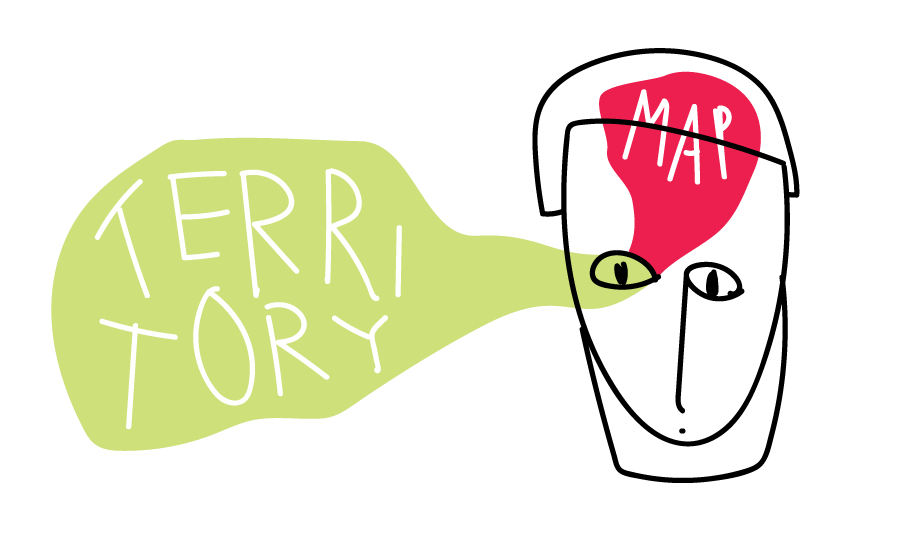
tl;dr: “Everything simple is false. Everything which is complex is unusable.” – Paul Valéry
Today, step out of the door and try to see the world as if you’ve never seen it before. Imagine you’re an alien being, pretty new to planet Earth. Imagine you’re a baby, just born. Or imagine, at least, to be an animal. Imagine you have no idea what smartphones and streets and cars are for. Imagine you have no idea how this world works.
Did you succeed? I’d be surprised. Immediately, we start applying labels to things, we remember what cars are for, and we understand the language that is spoken around us. We think we fail in such an exercise because we are too used to our surroundings and the world “as it is”: Something I will call the “Territory”. But actually, we fail because we’re too stuck in something I will call “Maps”.
Maps are everything that is NOT the Territory. Maps are our thoughts, judgements, associations, connections, categories, systems, beliefs, labels and models we build about the Territory. Maps are our language, science, religion, philosophy, our measurements of the Territory. Maps are immediate thoughts we have about the Territory on a second-to-second basis. And Maps are very elaborate and high-level models which take year to develop.
The difference between Territory and the Map is fundamental and something that has kept me excited for months now. I still don’t grasp all implications that come with this separation. This post will hopefully help us both, you and me, to get a better idea about basic principles of Maps and Territories:
1. The Territory is neutral. Everything that happens in the Territory is neither good nor bad. It just happens. The lion eats the lamb. Yes. Happens. Is it us humans who apply labels. We see murder as something bad - and that we see it as something bad is a good thing (I’d say as a human being), because it means that we prefer to prevent murder, and don’t need to live in fear - which we would only have because we would see murder as something bad.
2. We can’t see the Territory as it is. From the very beginning of our lives, we get bombarded with Maps. The humans in our environment try very hard to make us believe in categories: “This is mummy. This is daddy. This is a ball. This is a duck.” This Map “language” forms our view on the Territory: We think different about the world in different languages. And we have no idea how we would think if there wasn’t a language at all. Since being a baby we are trapped in this and other Maps: almost instantly after the light hits our eyes, we filter and categorize the information in this light: “This is a chair. This is a pipe. This is a park.” Meaning: There is no honest or true or real view of the world. However, I’d argue that we can guess what the world of other people in our culture look like, since there are all forced to see the world through similar Maps as we do.
“It’s not what you look at that matters, it’s what you see.” — Henry David Thoreau
3. There is no accurate Map of the Territory. That we can’t see the Territory as it is is not the only reason for impossible accuracy. We would also fail in creating the perfect Map because the most accurate Map of the Territory can only be the Territory itself. Every single out Map there simplifies the world. Every single Map stripes away huge chunks of the Territory. Sometimes, we get reminded of that. When we struggle to find the right words to express an experience, for example: “I can’t describe it,” we say, or, more general: “There are no words to describe it.” Such moments are glimpses into the limits of the Maps we build. These limits don’t need to be a bad thing:
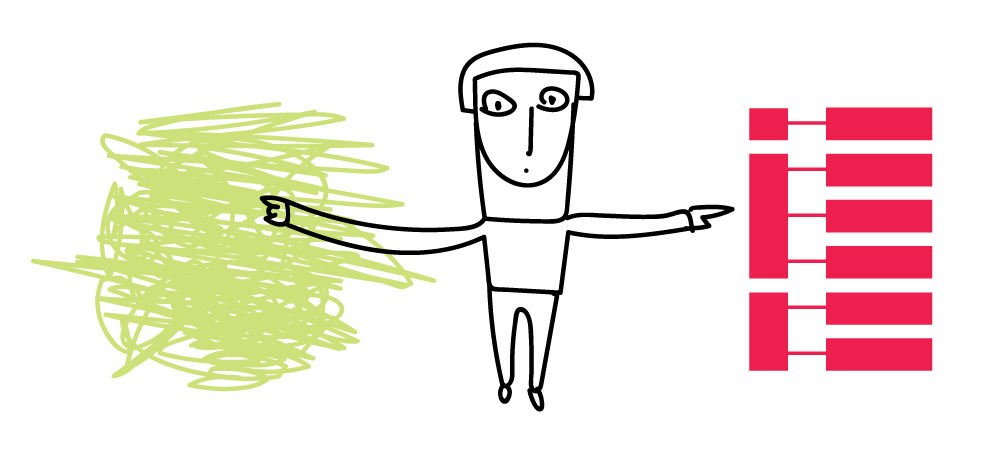
3. Maps are only useful if they are simplified. Simplification is not a bad thing, but necessary. Without doing that, we would not be able to live a life. Categories help us having memories and building associations: “I’m in the mountains. The last time I was in the mountains was 2 years ago.” It is so crucial to do that, that it’s part of the basic features animals have: “This is a lion. Lion = danger.” In the best case, every Map is build to bring usefulness through simplification. Take science, for example: Without reducing the world to formulas, we can’t use it to build spaceships. Our take the categories and judgements we make: Without them, we couldn’t make decisions. But it’s not all just rainbows and unicorns:
“All models are wrong but some are useful.” – George Box
4. Maps can be harmful. How do we create a useful Map? The challenge is to strip away the parts of the Territory which are not important to make the model useful for our goals. If we build a formula to make a spaceship work, we should probably include gravity - and we should probably disregard the food we gave our cat this morning. But sometimes, we strip away the wrong parts of the Territories. Our models and ideas and theories become too simplified. Instead of being useful, they bring harm. Cognitive Biases and false beliefs are a great example for that: We believe that our ex-friend is the evilest person ever. That our co-worker doesn’t deserve that paycheck. That everybody around us is better at what they’re doing. All of these biases and beliefs are harmful. We can see them as a trade-off from Maps. But often, the following principle is the actual problem:
5. We mistake the Map for the Territory. Is it true? Is it true that everybody is around us is better at what they’re doing? No, it’s not - because it can’t be. The Territory is neutral: Everything that happens, happens. We can’t see the Territory as it is: We don’t know anything about the real character of the Territory, and “truth” itself is a Map concept. And it’s definitely not the full story, because we can’t have an accurate Map of the Territory. But we continue mistaking the Map for the Territory: We think that it’s a fact, not a belief that they are worse than others. We think that biological processes work exactly the way they are described in our school books. We think that everything we know about the world is true. This belief is a harmful one. Because:
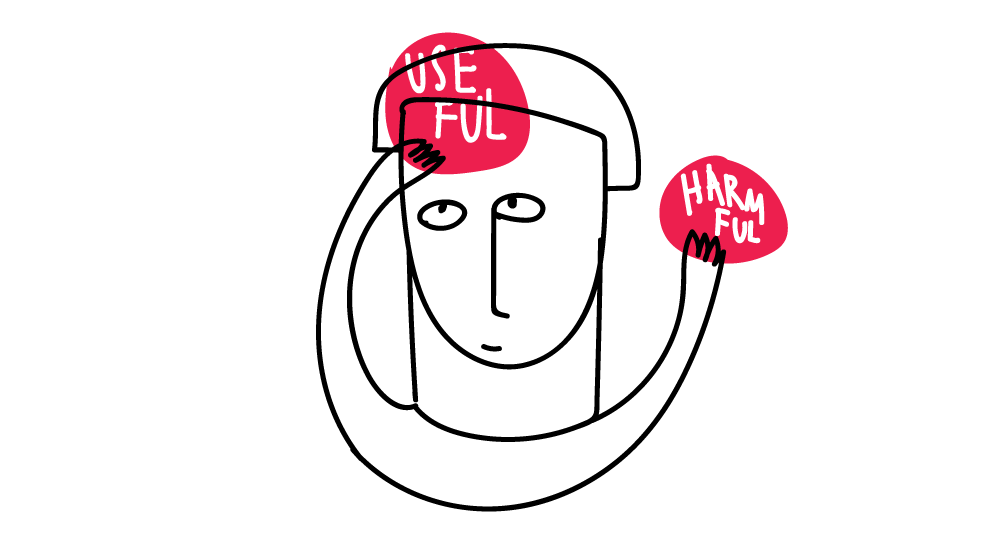
6. Maps are made and can be remade. If we start to see our beliefs and all the knowledge we have about the world as something that is made up by us, we can start to reshape these Maps. We can understand which Maps are useful, and which are harmful, and then we can get rid of the harmful ones. Yes, we have that power – because we were the ones shaping almost all of the maps in the first place. We should use that power. The more useful Maps we have, the better we can approach the following principle:
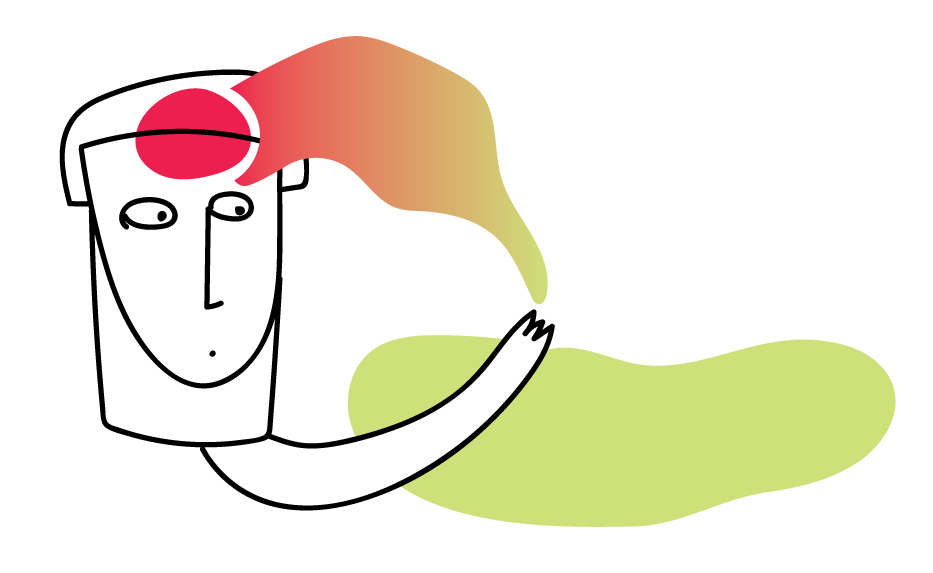
7. We change the Territory according to our Maps. Here, the Map and Territory become intersected concepts. The Territory is not just the raw nature. Territory vs. Map doesn’t mean nature vs. culture. The Territory is our cities, our movies, our cars, the spaceship, us meeting in a cafe and our heart racing faster when we’re nervous. All these things are shaped by the Maps we build. We write down our beliefs in a journal; we scribble a visual model on a piece of paper. Our Maps shape the Territory, and the Territory shapes our Maps.
“‘The map is not the territory’ he said, imperfectly encapsulating the phenomenal object of his thought in a series of crude symbols” — @SchemaofPattern
8. The idea of “Maps vs. Territory” is a Map. Don’t trust the Map I described in this post: It certainly is wrong and contradicts itself. I wrote about “harmful” and “useful” beliefs – but if something is harmful or useful are definitely Map judgements. Still, it’s a Map I’m fascinated by and a Map that helps me navigate the world. It’s a Map lets me reshape my beliefs. It lets me doubt. I found it useful. And I hope you do, too.
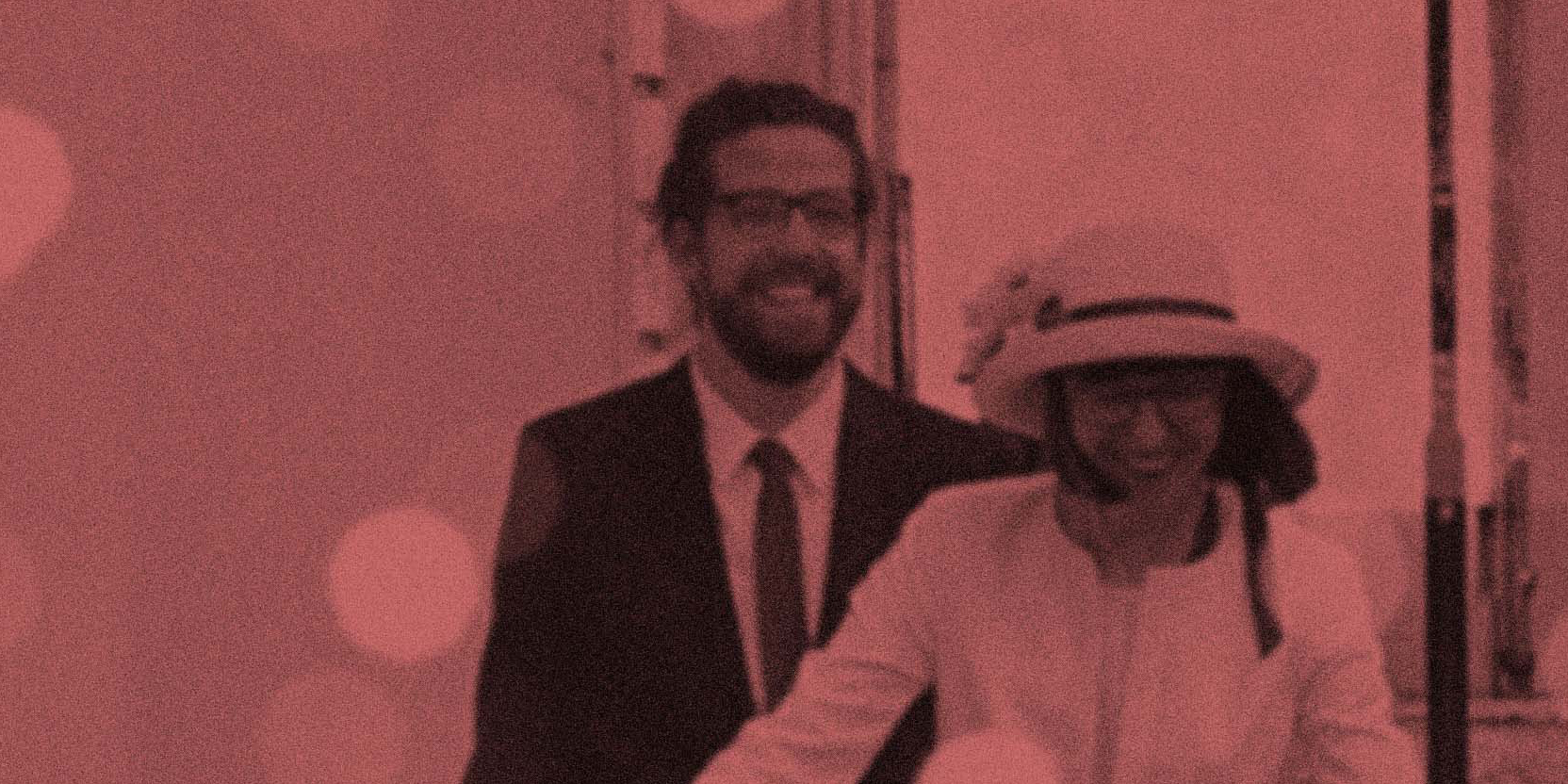
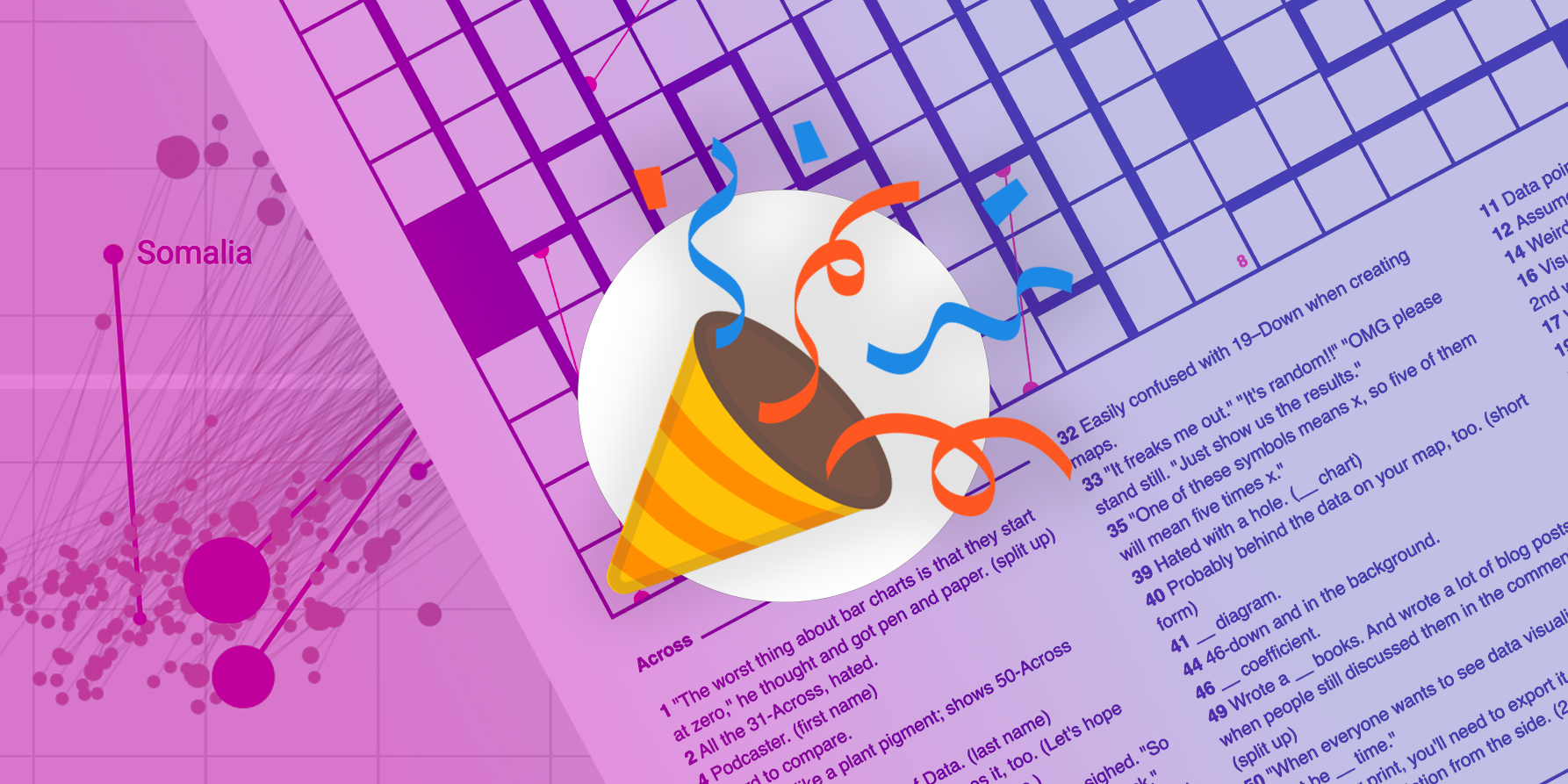
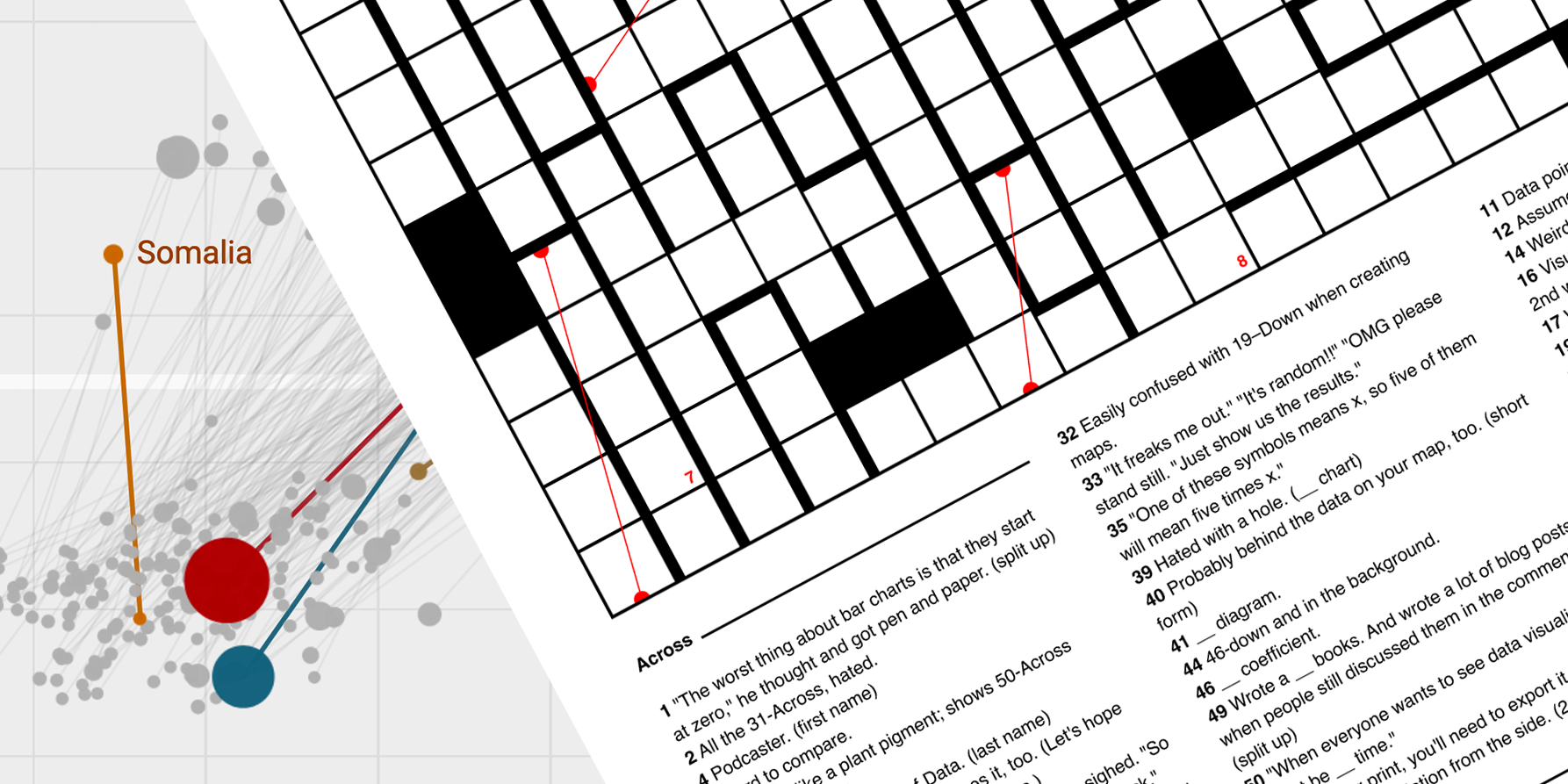
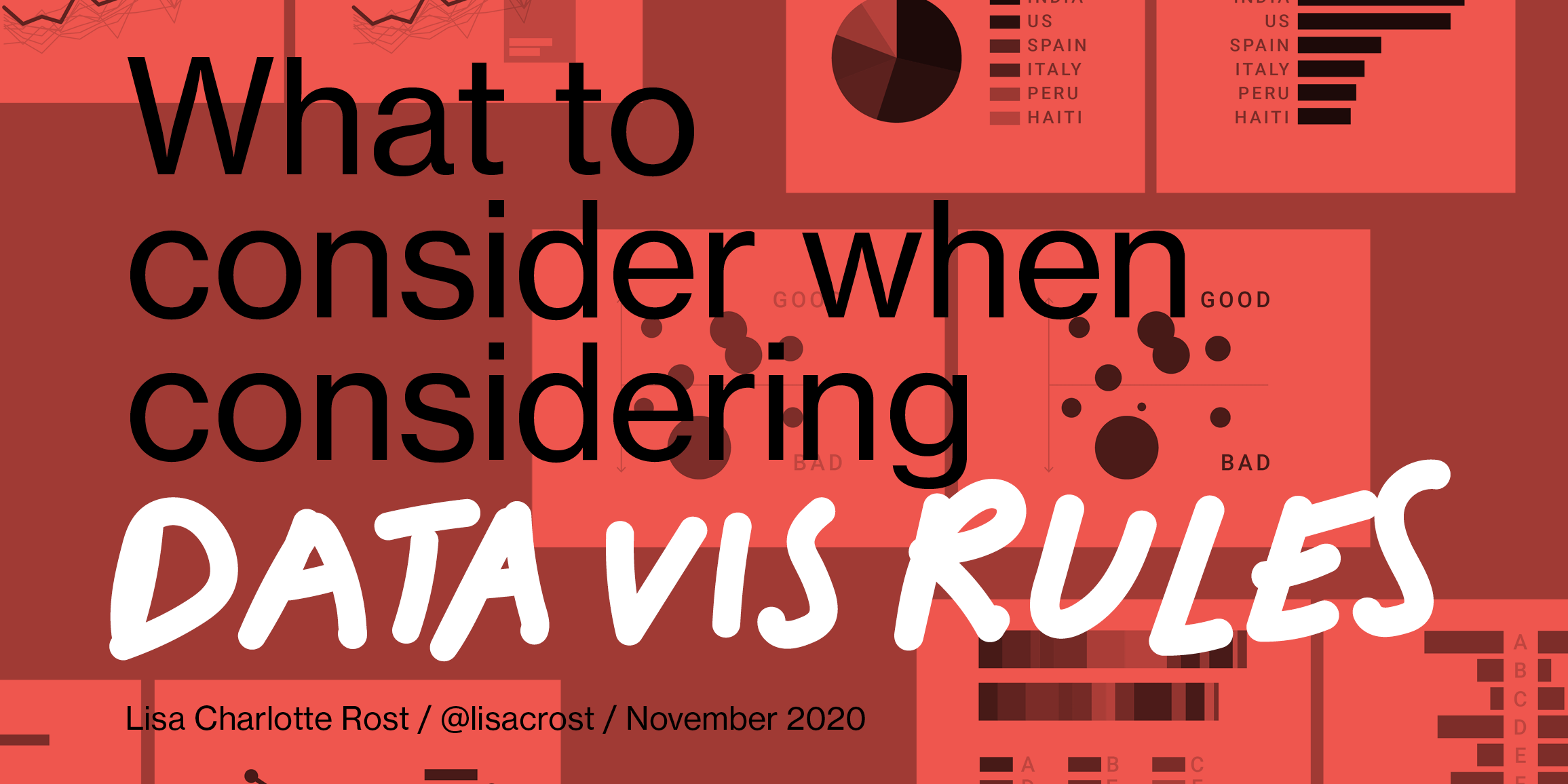
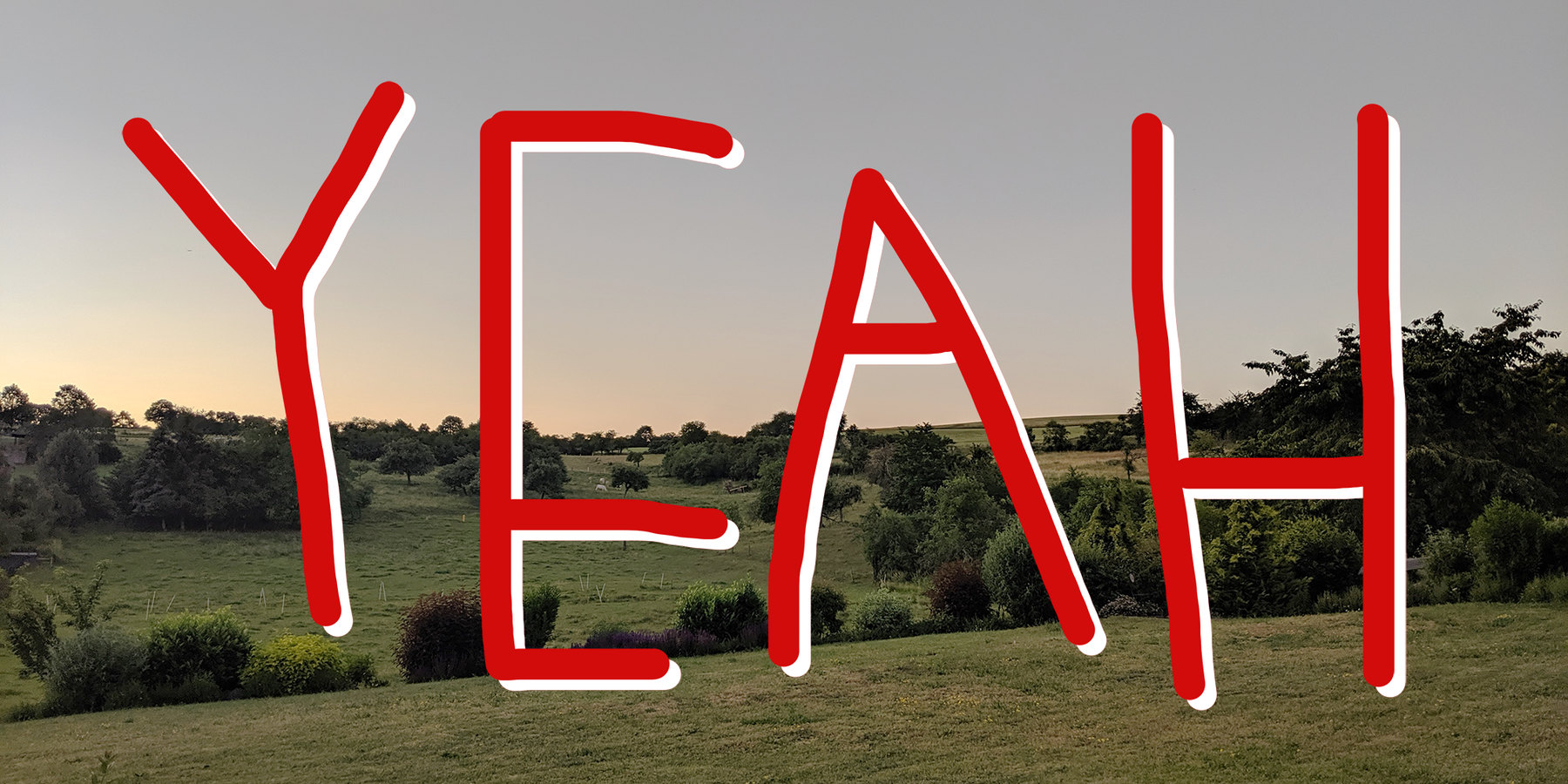

Comments